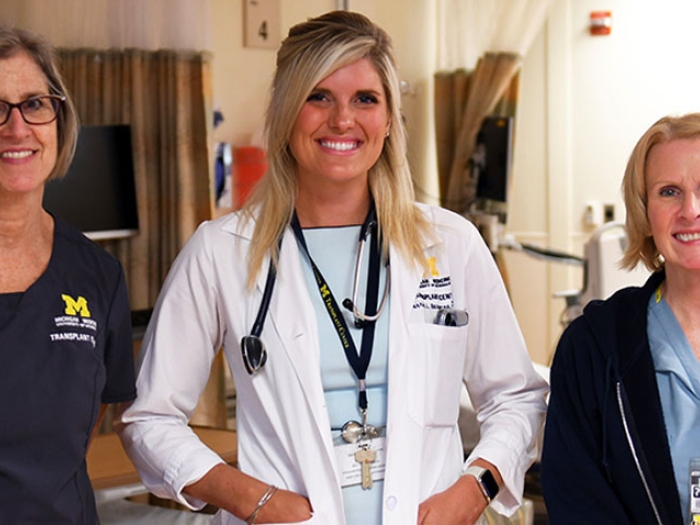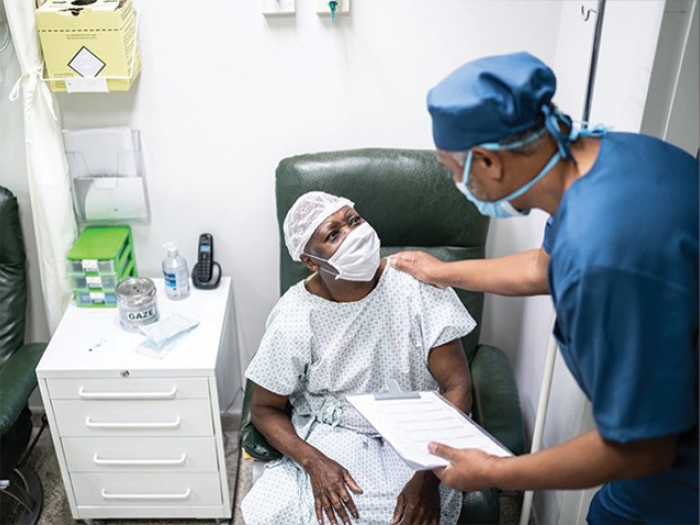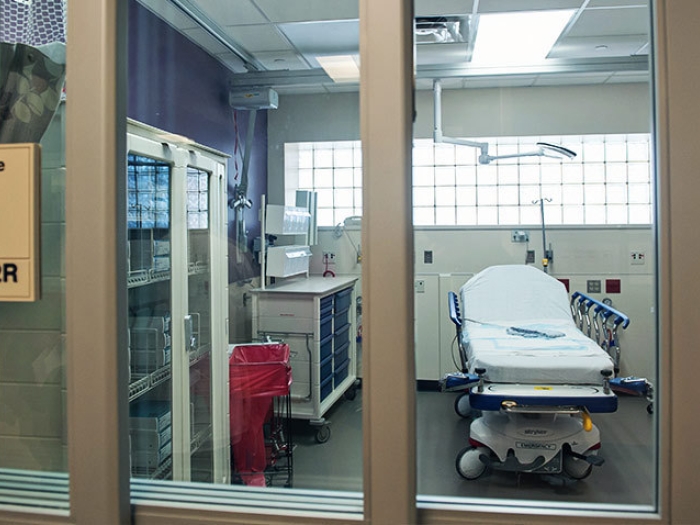Critical access hospitals work well for straightforward surgical cases in healthy, uncomplicated patients, an analysis finds.
11:00 AM
Author |
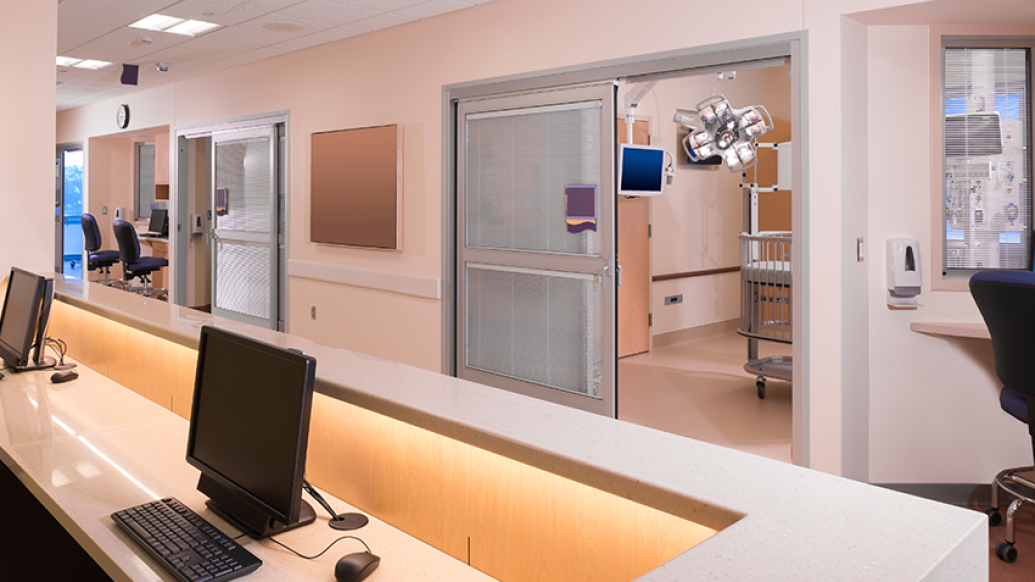
They may be in small towns. They may only have a couple of surgeons.
But for common operations, they may be safer and less expensive than their larger cousins, a new study finds.
SEE ALSO: Hospitals Sending Most Heart Patients to ICUs Report Worst Results
These are critical access hospitals, a special class of institutions that are the closest option for tens of millions of Americans living in rural areas. Surgery at these facilities may be a better bet for most relatively healthy patients than traveling to a suburban or city hospital, according to new findings published in JAMA: The Journal of the American Medical Association.
"From a surgical standpoint, these hospitals appear to be doing exactly what we would want them to be doing: common operations on appropriately selected patients who are safe to stay locally for their care," says Andrew Ibrahim, M.D., first author of the paper and a VA/Robert Wood Johnson clinical scholar at the University of Michigan Medical School.
Researchers analyzed data from 1.6 million hospital stays for four common operations: gallbladder removal, colon surgery, hernia repair and appendectomy. The team compared Medicare patient outcomes for those who had their operations at 828 critical access hospitals with data from patients at more than 3,600 larger hospitals.
The analysis yielded several surprises:
-
The risk of dying within 30 days of the operation was the same whether a patient had surgery at a critical access hospital or a larger hospital.
-
The risk of a major complication after surgery, such as a heart attack, pneumonia or kidney damage, was lower at critical access hospitals.
-
Critical access hospital patients' operations cost the Medicare system nearly $1,400 less than those of patients who had the same operation at a larger hospital, after differences in patient risk and pricing were accounted for.
-
Patients who had operations at critical access hospitals were healthier to start with than patients treated elsewhere. This suggests rural surgeons appropriately select patients who can do well in a small, rural setting, triaging more complex patients to larger centers.
-
Even after correcting for differences in pre-operation health, critical access hospitals still had equal or better outcomes.
-
Fewer than 5 percent of surgery patients at critical access hospitals were transferred to larger hospitals, compared with more than a quarter of patients treated for nonsurgical issues, according to other studies.
-
Critical access hospital surgery patients were less likely to use skilled nursing facilities after their operations.
Complex operations, such as esophagus or pancreas removal, were performed so rarely at critical access hospitals they were not included in the study.
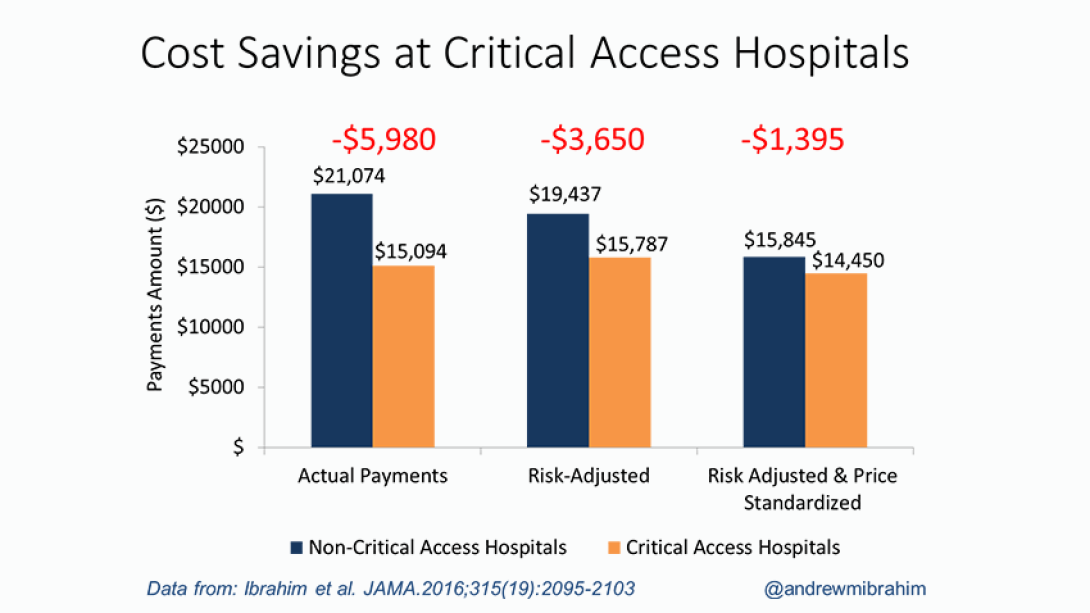
A critical eye on critical access
Currently, there's a national debate over whether to change the federal policies that designate critical access hospitals and determine their reimbursement for medical and surgical services. Hundreds of these hospitals are in danger of closing, threatening local access to care for millions of Americans.
SEE ALSO: Hand Washing Stops Infection. So Why Do Health Care Workers Skip It?
Studies of common medical conditions, such as heart attacks and pneumonia, at these facilities have raised questions about how well they care for patients with these ailments. The new study is the first comprehensive look at the surgical care they provide.
Ibrahim and senior author Justin Dimick, M.D., MPH, a U-M professor of surgery and a member of the U-M Institute for Healthcare Policy and Innovation, worked on the study with Tyler Hughes, M.D., one of two surgeons at the critical access McPherson Hospital in McPherson, Kansas, and a director of the American Board of Surgery.
Says Hughes: "The goal of the rural surgeon is best care nearest home. Data to assure that the care in rural centers is both safe and cost effective is critical in the decisions the profession faces in providing care to the 20 percent of the U.S. population living in truly rural environments. This study gives credence to what rural surgeons long suspected — that well-done rural surgery is safe and cost effective."
Hughes helped the U-M team understand the triage process that critical access hospital surgeons use to decide whether to take a case or refer the patient to a larger center.
Dimick, who leads the Center for Healthcare Outcomes and Policy at U-M, says: "For many years, surgeons have debated whether we should concentrate surgery in a subset of our larger hospitals. The downside of this approach is that patients have to travel far from home for surgery, especially those living in remote areas. While it may make sense to travel to a higher-volume hospital for a few of the most complex operations, this study shows that having surgery locally is safe for many of our most common surgical procedures."
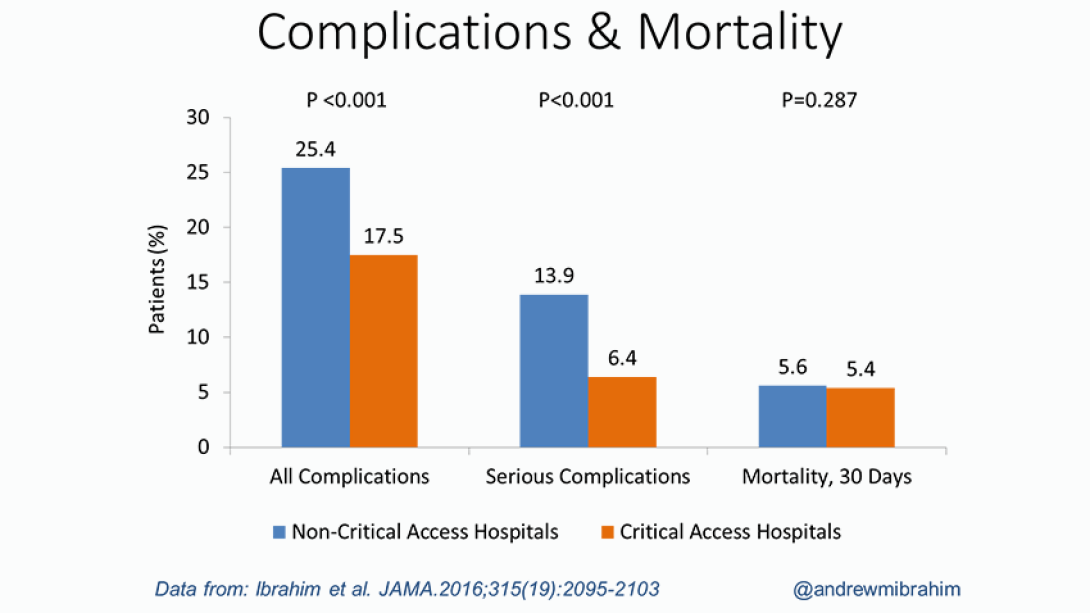
Critical access criteria
Under the Medicare Rural Hospital Flexibility Program's original provision, critical access criteria require hospitals to have fewer than 25 inpatient beds and to be situated more than 35 miles away from another hospital. With the designation, hospitals are paid 101 percent of reasonable costs — essentially a subsidy to ensure financial solvency to serve rural areas.
They are also exempt from certain limits on Medicare payment that noncritical access hospitals follow. Physicians who practice at critical access hospitals are also able to receive 115 percent of the usual payment for traditional Medicare patients. Even still, dozens of the hospitals have closed in recent years.
The research is based on data from the Medicare Provider Analysis and Review file from 2009 to 2013, after nearly all of the current 1,332 critical access hospitals underwent designation.
The study team also included U-M statistician Jyothi Thumma, MPH. The research was funded by Ibrahim's support from the Robert Wood Johnson Foundation, the U.S. Department of Veterans Affairs and the National Institute on Aging.

Explore a variety of health care news & stories by visiting the Health Lab home page for more articles.

Department of Communication at Michigan Medicine
Want top health & research news weekly? Sign up for Health Lab’s newsletters today!
